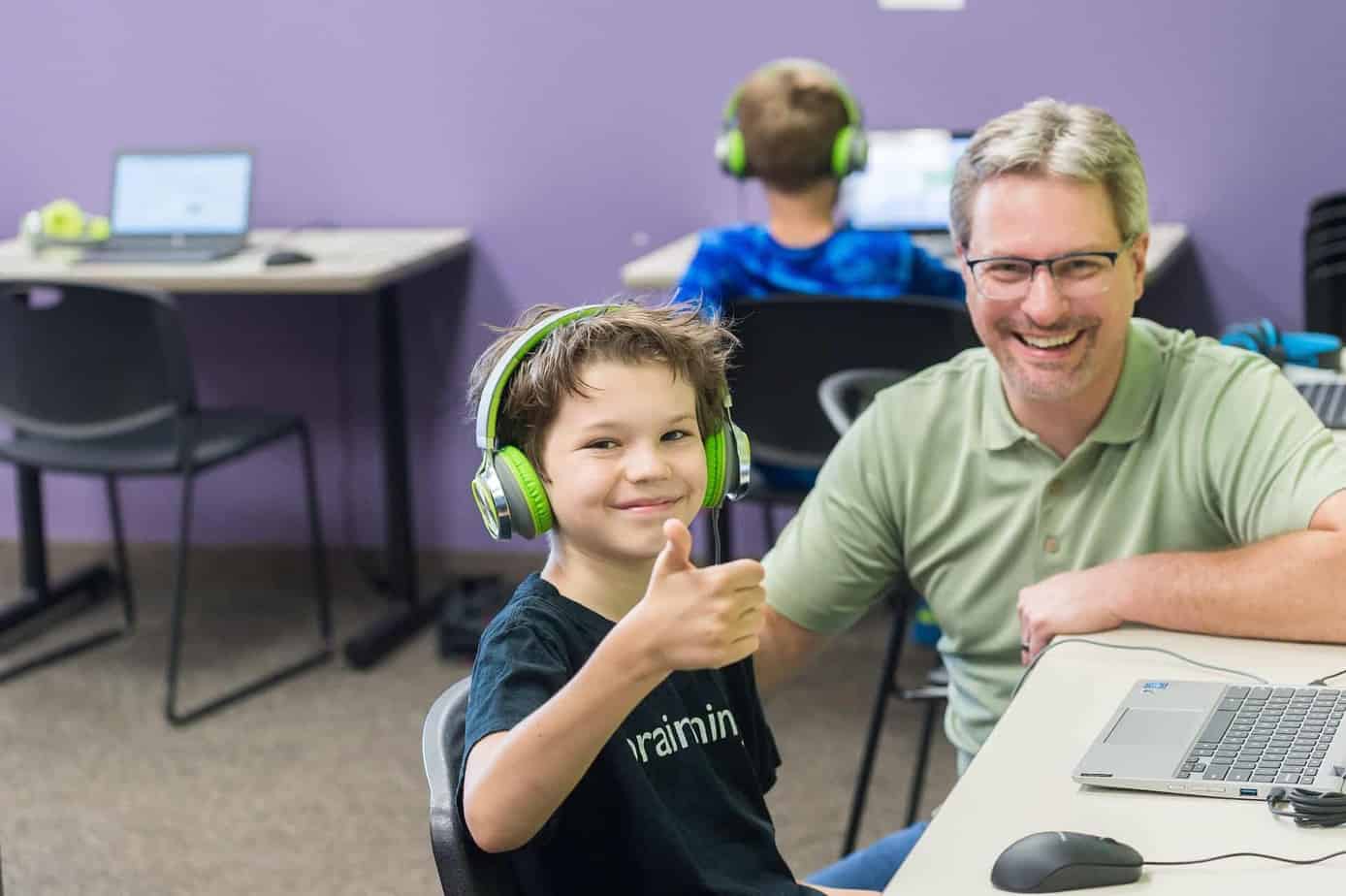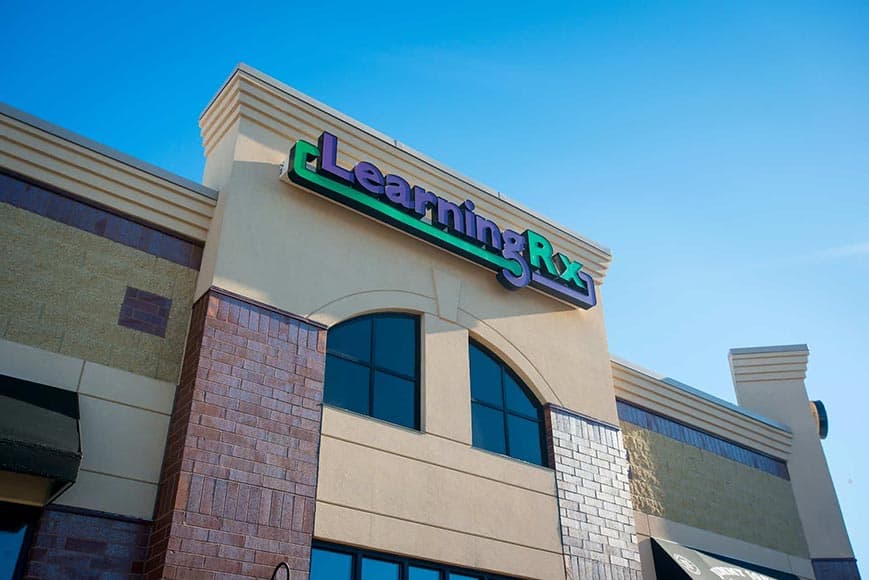Brain Training and Working Memory Struggles: How Can Brain Training Help?
Anyone can experience working memory problems when they’re overly tired or stressed. But for some people, it’s a daily struggle.
According to the International Dyslexia Association, approximately 10% of people have weak working memory. And in those with learning disorders like dyslexia, the number is much higher—in the range of 20-50 percent.
Working memory struggles can make it nearly impossible to focus on learning and can make day-to-day tasks a challenge. But if you or a loved one struggles with weak working memory, there’s hope. Brain training can help strengthen working memory so you can learn, work, and live more effectively.
Read on to learn more about brain training and working memory struggles.
What Is Working Memory?
Memory is complex.
What we call our memory actually consists of several memory systems that hold different kinds of information. For example, procedural memory helps us remember skills and habits, while semantic memory stores our knowledge gained over our lifetime, including word meanings, spellings, and pronunciations.
Working memory is our ability to hold and mentally manipulate information over short periods of time.
It’s a cognitive process, rather than a passive store of information. Working memory includes verbal (numbers, words) and visual-spatial (images, location in space) short-term memory stores. It also helps us stay focused when we’re engaged in a task that requires the use of working memory.
Working memory is somewhat limited: It can only hold so much information for so long (typically a matter of seconds). And once information is gone from your working memory, you can’t retrieve it.
When you use your working memory, your brain records information (memory) in order to do something with it (working). It acts as a sort of “middle man” between our short- and long-term memories, helping us do things like:
- Calculate mental math
- Listen to, remember, and follow directions with multiple steps
- Remember a question long enough to think through it and determine an answer
- Keep track of priorities
- Block internal and external distractions
How Does Poor Working Memory Affect Learning?
Working memory is a crucial element of learning. People who struggle with weak working memory often perform below average in some or all areas of learning. Here are a few examples of how working memory affects three major areas of learning: reading, writing, and math.
- Reading. Poor working memory can stunt a child’s development of phonological awareness and decoding skills. It can also lead to decreased reading efficiency, fluency, and comprehension, and make it difficult to draw on long-term memory for meaning and pronunciation of words. Weak working memory makes it challenging to retain what has been read or integrate new information with previously learned information.
- Writing. Working memory is also key to holding and sequencing sounds for spelling, as well as composing, holding, and connecting ideas in written text.
- Math. Someone with weak working memory may have difficulty translating math problems from verbal to written form, struggle to retrieve number facts and combinations from long-term memory, and have trouble solving complex math problems. Kids who have math learning disorders (like dyscalculia) generally have weakness across all working memory components.
Symptoms of Working Memory Struggles
Individuals with weak working memory can present with a wide variety of symptoms. For example, they may:
- Only remember parts of what they hear
- Struggle to follow multi-step directions
- Need to reread text
- Have difficulty with complex reasoning
- Have a hard time staying engaged in class
- Experience test anxiety, especially with multiple-choice tests
- Display a lack of focus and sustained attention
- Have trouble planning and organizing
- Easily lose track of what they are supposed to be doing
- Daydream often
- Struggle to apply what they previously learned to new situations
- Have trouble thinking and acting at the same time
- Be highly distractible and inattentive (but not necessarily impulsive or hyperactive)
- Have difficulty following group conversations
In addition, working memory struggles are common in children with ADHD and dyslexia:
- ADHD. Weak working memory is a core difficulty for kids with ADHD. Children with ADHD are more likely to struggle with visual-spatial working memory and find it difficult to synthesize information and use it to complete tasks and reach goals.
- Dyslexia. Kids with dyslexia often have a difficult time remembering information when it’s presented orally, and can struggle to remember and repeat names, tasks, or new vocabulary words.
How Brain Training Can Help Improve Working Memory
Because working memory is a cognitive skill, brain training can target, exercise, and improve it over time. Strengthening your working memory can improve the way you think, learn, read, and remember.
When you start your brain training journey with LearningRx, we’ll assess your working memory, as well as related cognitive skills like processing speed and focus. Based on the results of that assessment, we’ll create a customized training plan for you.
From there, you’ll work one-on-one with your brain trainer, who will guide you through exercises, drills, and games that target your working memory.
Brain training is a great way for people of all ages to strengthen their cognitive skills, including working memory. To learn more or get started, give us a call at 866-BRAIN-01 or contact us here.







